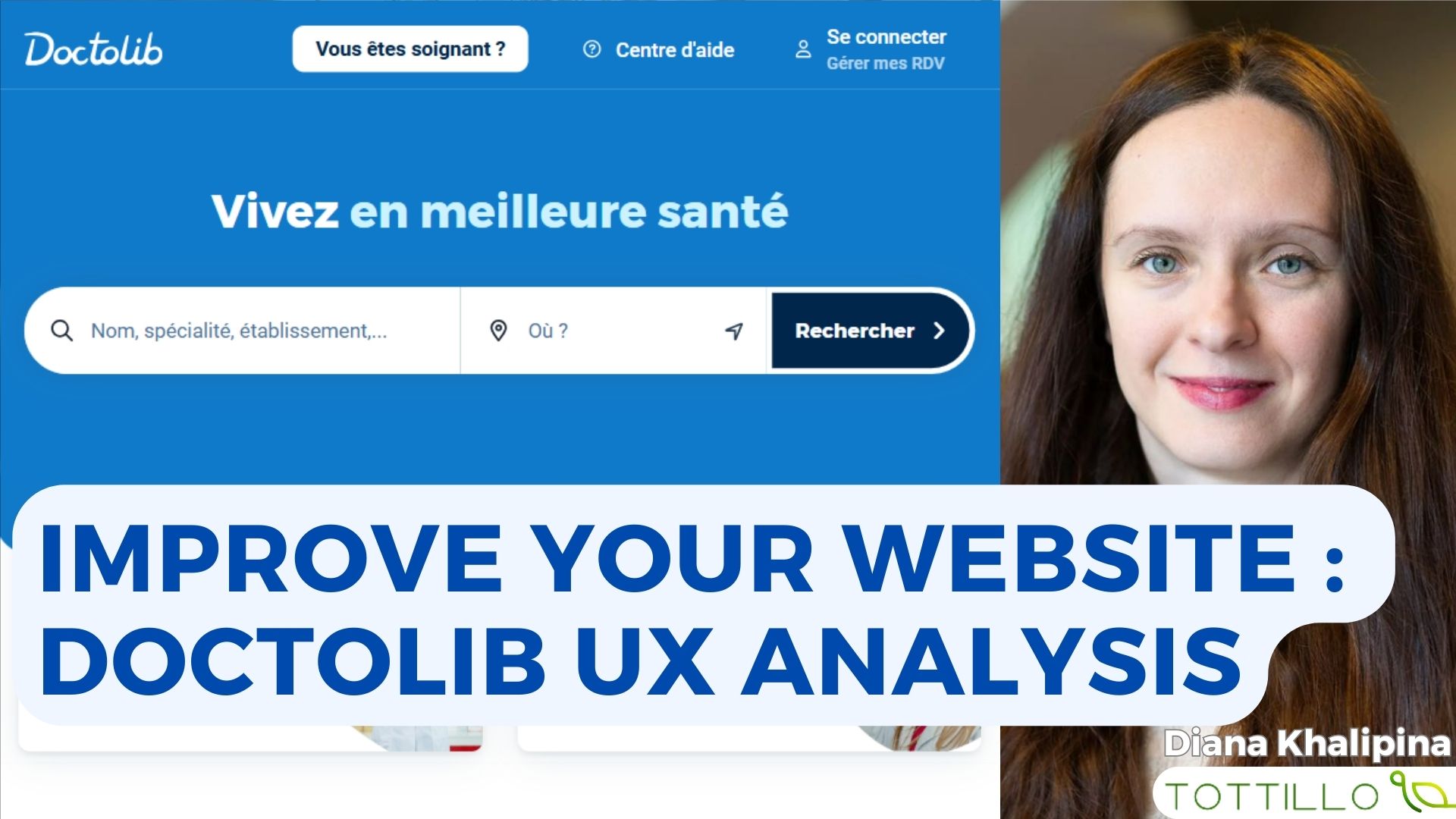What is Tottillo?
A mission-driven initiative combining technology, accessibility, and biotech innovation.
Tottillo is a visionary project dedicated to designing and developing inclusive digital products, with a strong focus on e-health solutions and biotech innovations.
Our mission is to ensure accessibility by following WCAG standards , while delivering a seamless user experience.
Tottillo stands for:
Technology, Openness, Training, Innovation, Long-term Learning & Online Opportunity.
What we do

Create projects
Join us on Hackster for open-source e-health projects. We guide you in creating innovative, inclusive health tech solutions and join our community.
Discover our projects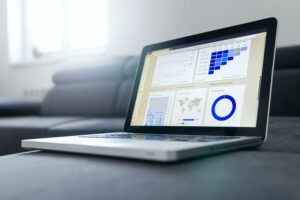
Make accessible
We offer audits and accessibility updates for your projects. We also assist in web accessibility training and processes to meet accessibility standards.
Valuate our audits
Training
Learn Python, C++, Scratch, Arduino, and a11y standards. We train individuals and teams to design user-friendly tech and create accessible e-health solutions.
Discover our webinars
Promoting
Join our free webinars, follow us online, and watch our videos for the latest in inclusive biotech design. Get tips and insights on creating new generation products.
Follow our newsInnovate with Accessibility
Web accessibility, coding languages, AI, and innovations—keeping up can be challenging. To help you make your product innovative and accessible, we offer a free 30-minute consultation to work on an effective action plan.
Open Resources
Checklist for designers
Key best practices for accessibility, performance, and security to ensure seamless, modern web development.
Get Checklist for designers & UX specialistsChecklist for Front-End Developers
Essential tips on responsive design, semantic HTML, and ARIA roles for inclusive, user-friendly interfaces.
Get Checklist for Front-End DevelopersChecklist for Back-End Developers
Guidelines for API accessibility, database optimization, and performance tuning for scalable applications.
Get Checklist for Back-End Developers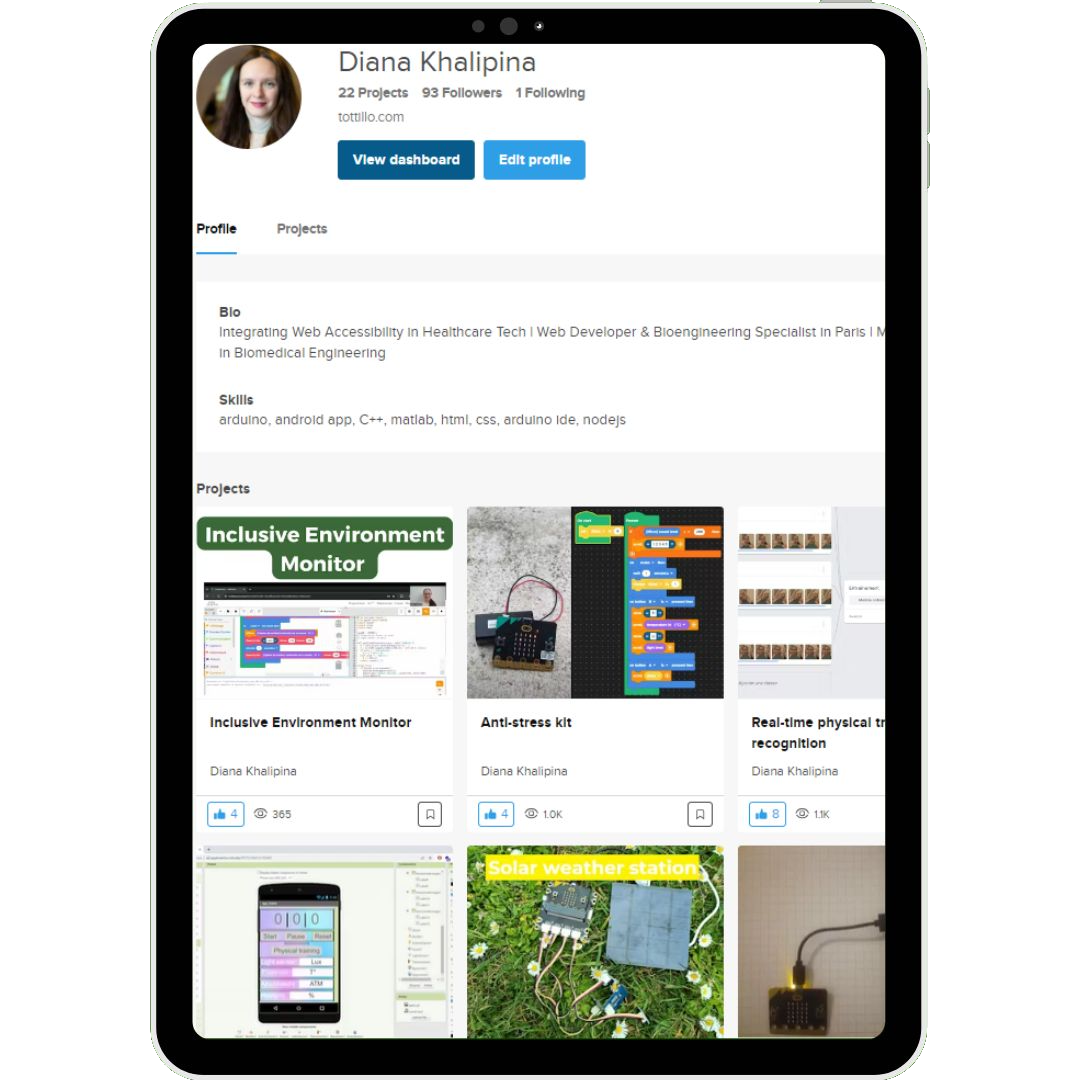
Leverage Our Expertise
At Tottillo, we bring years of experience in developing accessible, user-friendly, and high-performing digital solutions. Our team has successfully delivered projects across various industries, ensuring that inclusivity is a core principle in every design and development phase.
Explore our · DIVERSE PORTFOLIO · showcasing projects in multiple sectors, as well as our · SPECIALIZED E-HEALTH SOLUTIONS · that push the boundaries of accessibility and innovation.
Interested in collaborating? Let’s discuss how we can bring accessibility and excellence to your project.
Learn how to code
Gain proficiency in coding with Python, C++, Scratch, Arduino, and micro:bit while also mastering the principles of inclusive design and accessibility.
You can learn at your own pace, either offline in Paris or online.
Our comprehensive training programs are tailored for both individuals and corporate teams. We provide you with the technical skills and knowledge necessary to create accessible e-health solutions that prioritize inclusivity.
Whether you're starting from scratch or aiming to expand your expertise, our training will help you build a strong foundation in coding and accessibility, empowering you to create solutions that meet the needs of all users.
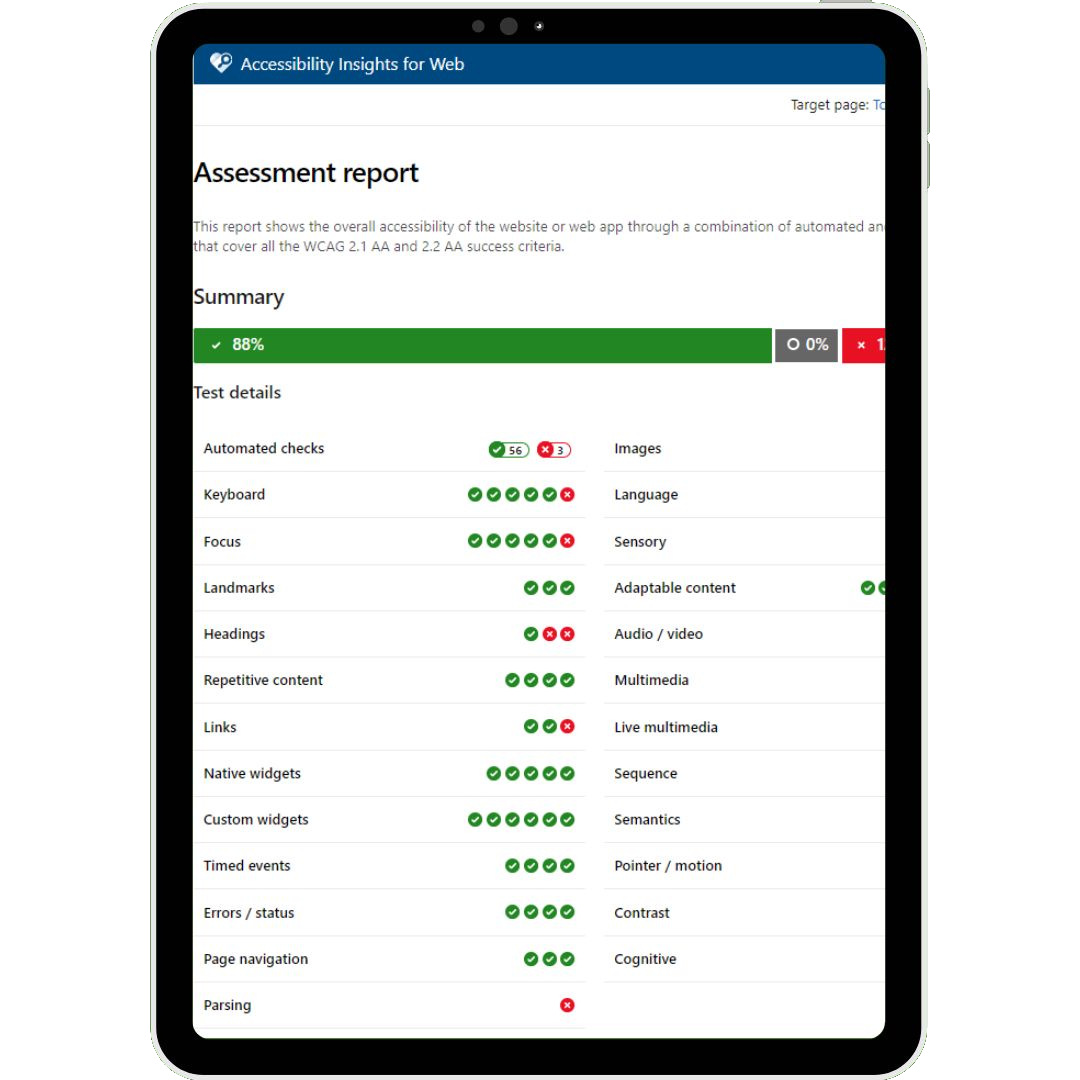
Become completely inclusive
Achieve full accessibility compliance with Tottillo’s extensive audit and modification services.
We offer thorough evaluations of your projects to identify and resolve accessibility issues, ensuring full compliance with WCAG standards.
Our workshops and presentations emphasize the critical importance of web accessibility, demonstrating its direct impact on user experience and inclusivity. Additionally, we support organizations in updating their policies and processes to integrate accessibility into every aspect of their operations, fostering a culture of inclusion and compliance.
By partnering with us, you ensure that accessibility is not an afterthought but a core part of your digital strategy, driving both compliance and better user experiences.
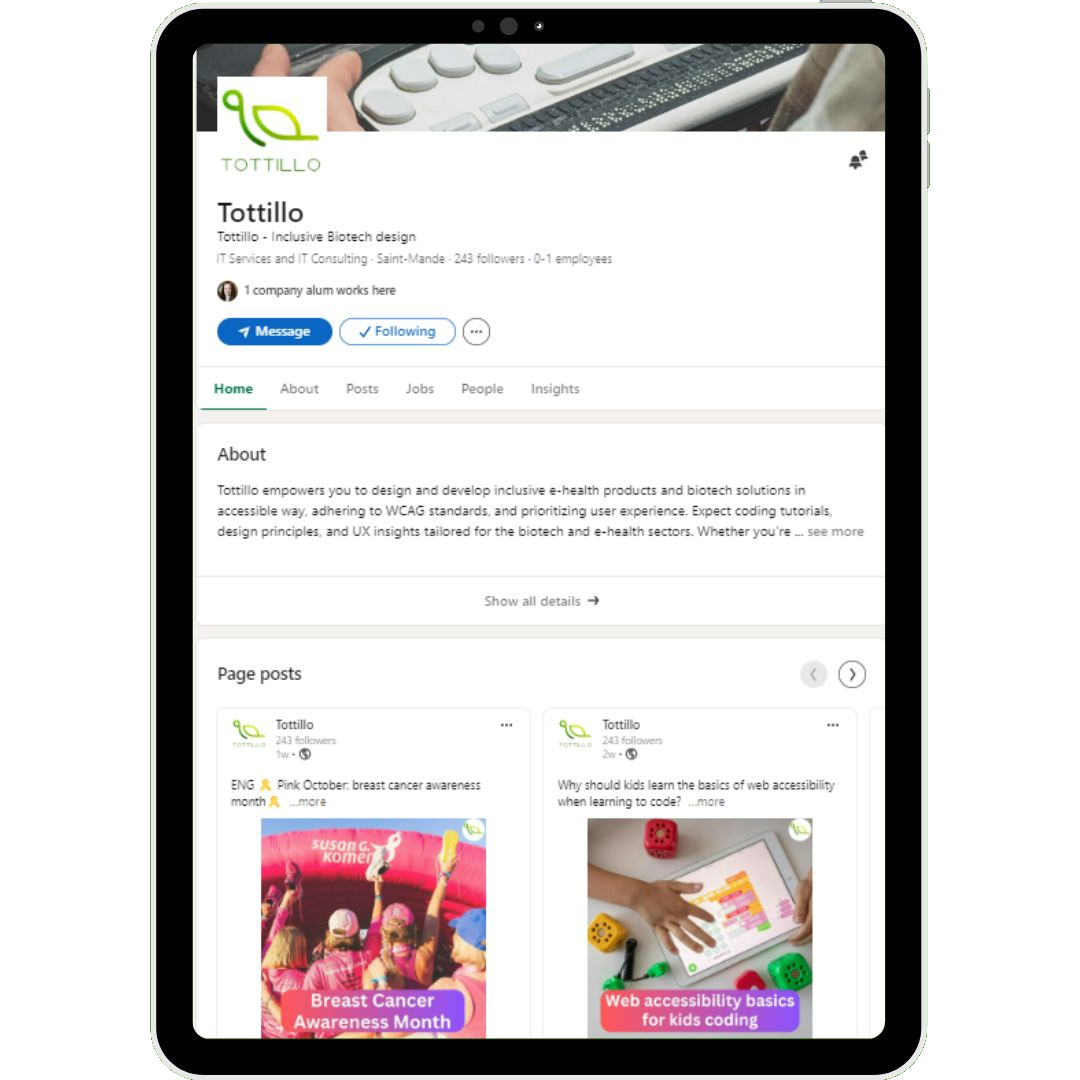
Get useful info on regular basis
Stay connected and informed with our array of free webinars, social network engagements, and informative videos.
Our content is designed to keep you updated on the latest trends and best practices in inclusive design for biotech and e-health.
We provide expert insights, practical tips, and in-depth discussions to help you understand and apply accessibility principles in your projects. Join our community to learn, share, and promote the importance of accessible health technologies.
Frequently Asked Questions
-
How will web accessibility benefit my business?
Making your website accessible means reaching a wider audience, improving user experience for everyone, and increasing customer satisfaction. Plus, it enhances SEO, reduces legal risks, and boosts your brand’s reputation as an inclusive business.
-
What’s the first step to making my website accessible?
Start by assessing your website with an accessibility audit. Identify barriers for users with disabilities and implement improvements, such as better color contrast, keyboard navigation, and screen reader compatibility. Team Tottillo can guide you through every step!
-
Why is it especially important for e-health companies to be accessible?
In e-health, accessibility isn’t just about convenience—it’s about inclusivity, safety, and legal compliance. Patients with disabilities, seniors, and people with temporary impairments all need equal access to medical information, teleconsultations, and digital health services. An accessible e-health platform ensures: better patient care by making information easy to find and use, higher engagement and trust from a diverse audience, compliance with health regulations to avoid legal risks, technological leadership in a rapidly evolving sector.
-
What kind of coding skills can I develop with Tottillo?
With Tottillo, you can learn various coding skills essential for developing accessible digital products. We offer guidance on HTML, CSS, JavaScript, and other technologies, focusing on creating projects that meet WCAG standards and are inclusive by design.
-
How can I start creating e-health solutions with Tottillo?
To start creating e-health solutions, explore our tutorials and resources that guide you through the design and development process with a focus on accessibility. Our community and experts provide support and feedback, helping you to build innovative and inclusive e-health products.
-
What are the practical benefits of investing in web accessibility and modern technology?
Increased website traffic and conversions, better customer experience and loyalty, compliance with legal requirements (WCAG, ADA, RGAA), competitive advantage in your industry, future-ready digital presence.





